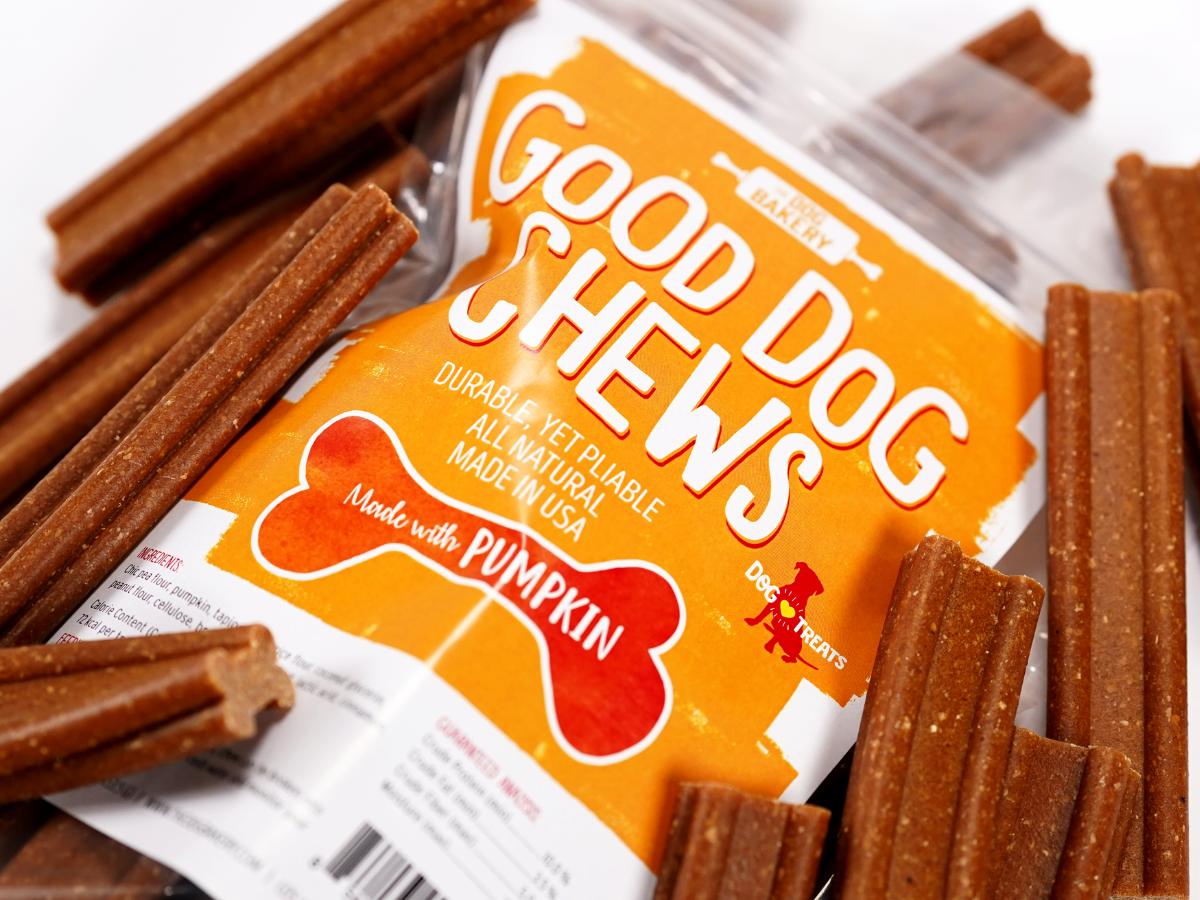Here’s How This Weimaraner Became a Cold War Hero
There’s a reason why weimaraners are known as “the dog with the human brain.” Known for their incredible smell, these bloodhound relatives were originally bred for hunting large game, like deer and bears. However, their keen sense of smell has kept them employed as trackers in missing person cases and search and rescue missions.
But in the Cold War, one weimaraner’s incredible sense of smell was used in an unexpected capacity – locating missile parts.
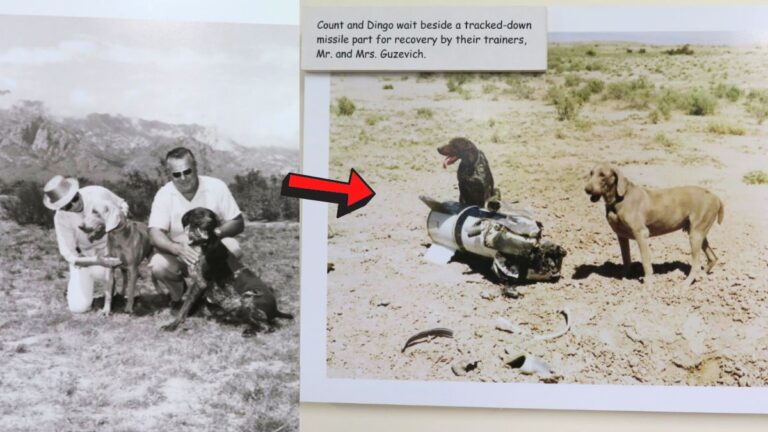
Not Fast or Furious
After WWII, the White Sands Missile Range near Las Cruces, New Mexico was a hub for missile testing. However, rocket pieces would lodge themselves in the sand upon impact, becoming hard to find. Scientists would waste hours searching around for the test missile pieces they needed to examine in order to determine if a missile was a success or a failure.
Meet Dingo
In 1961, the Range Instrumentation Development Division proposed an unusual solution to the problem – dogs. Enter Dingo, and his friend Count, a German shorthair.
Under the tutelage of John and Cythia Guzevich, Dingo and Count were trained to pick up the scientist’s slack – without being distracted by the desert wildlife
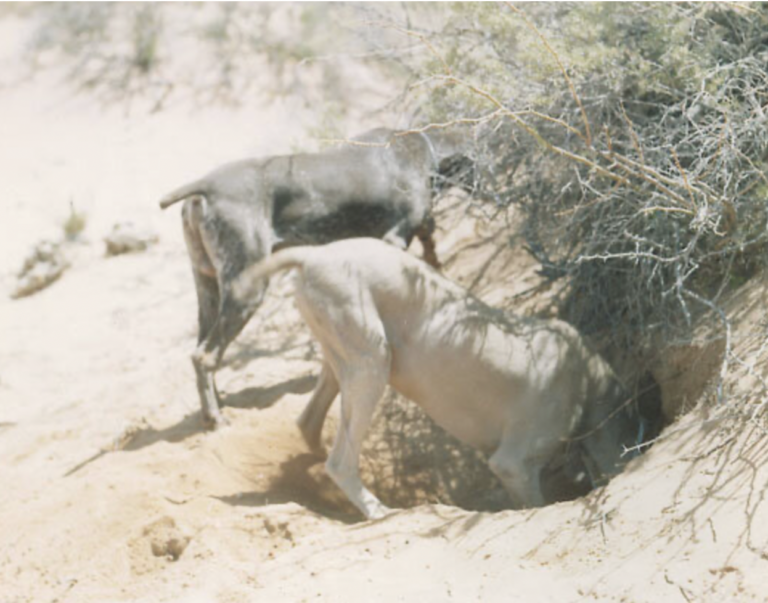
Search and Rescue
In order to help Dingo and Count locate the parts in the desert sand, scientists would coat missile parts in squalene, a shark-liver oil that’s odorless to humans but trackable by dogs.
The missile’s general landing area was located by radar, then Dingo and Count were taken to the area, sometimes even dropped in by helicopter. Within an hour, Dingo and Count would find the missing missile piece, tracking down some pieces that were as small as iPhones. Their recovery rate was a whopping 96%.
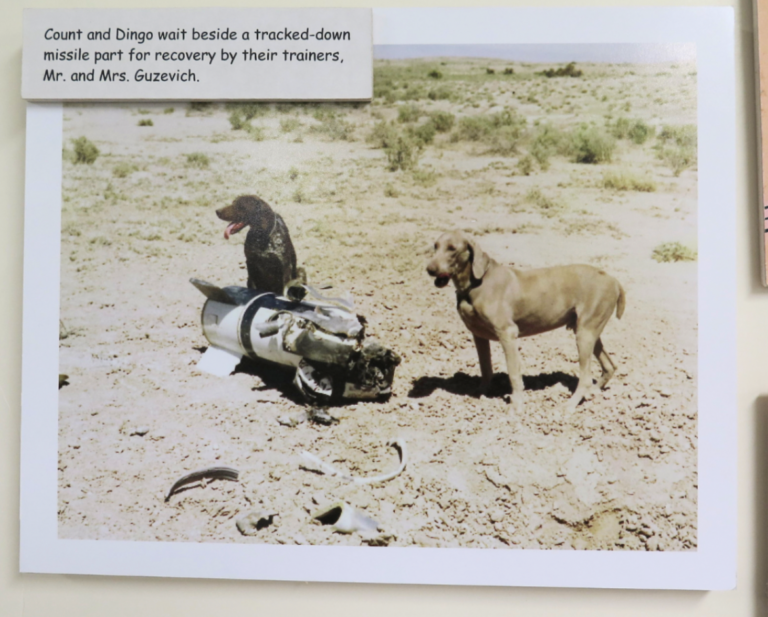
All Terrain Canines
The desert conditions could be rough on Dingo and Count. They had to work in all types of weather – snow, wind, and it being the desert, intense heat. In the summer, Cynthia made terrycloth jackets filled with ice cubes in the pockets in order to keep the dogs cool on their important mission.
A Smashing Success
Not everyone had faith the dogs could get the job done in the beginning. Someone joked that using dogs to track missile parts was like “using oxen to carry computers to Cape Kennedy.”
But once Dingo and Count proved their prowess in the desert, the skeptical scientists were eating their words. Bill Richards, a project engineer for instrumentation recovery development, even admitted to Army Research and Development Newsmagazine, “I will say that they are about the least expensive pieces of instrumentation we have tried.”
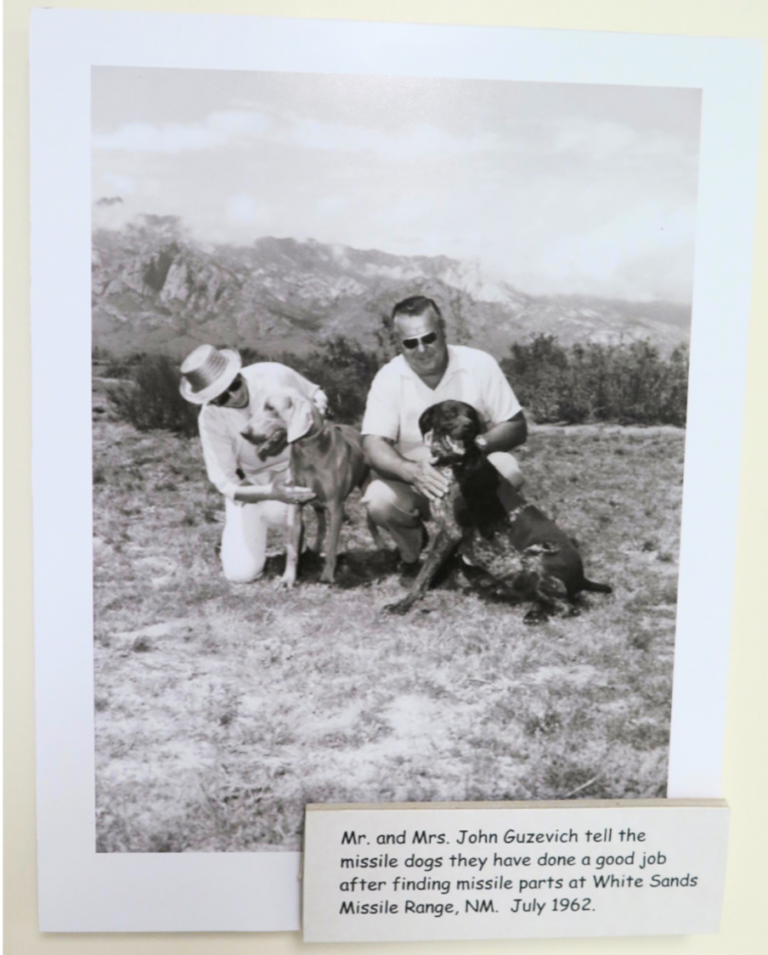
In Demand Dogs
The program was so successful it expanded to eight other dogs – including Count’s son, the aptly named Count Down. Dingo and Count were in demand, with the top dogs helping to track down test parts for the Atomic Energy Commission and the Tonopah Test Range in Nevada.
Dingo and Count worked steadily until the program was retired in 1965, earning one pound of ground round steak and one can of dog food a day for their efforts.
Dingo and Count might be a footnote in Cold War history, but their story is a stunning reminder of the canine contribution to the space race. It just goes to show – you don’t need to be human to be a hero!
Related Posts:
- Did You Know That Abraham Lincoln’s Dog Met the Same Fate as His Master?
- Sinatra’s Secret Gift to Marilyn Monroe: A Fluffy Dog with a Mobster’s Name
- Meet the World’s First Dog: Larger Than a Husky and 31,700 Years Old!


